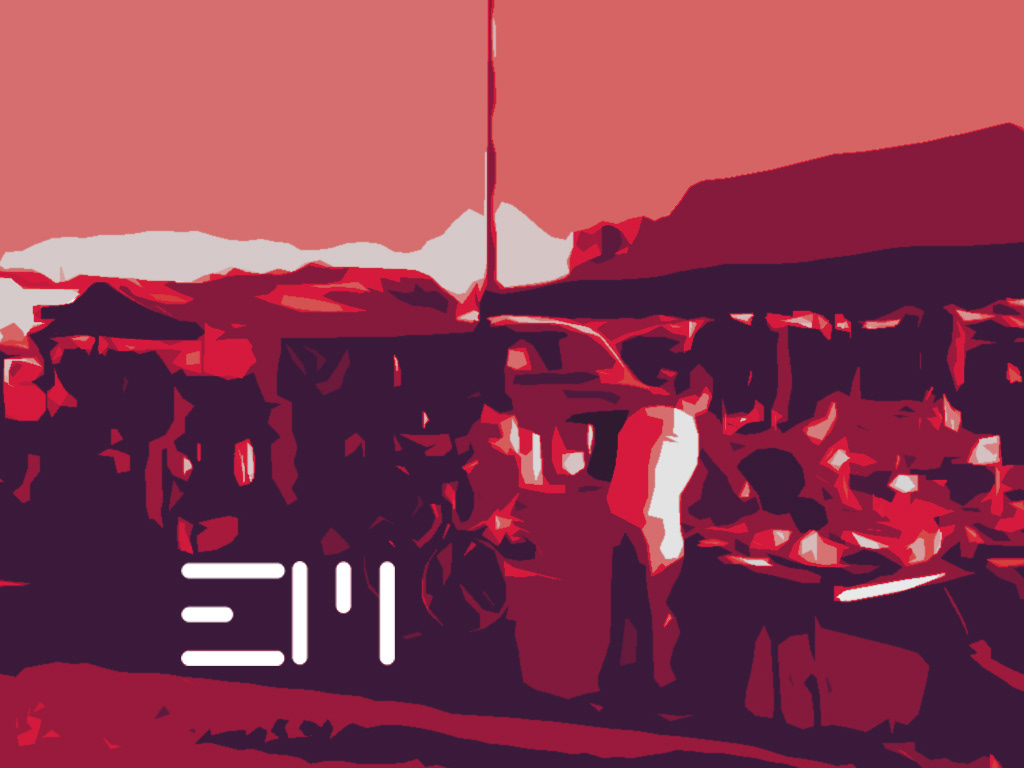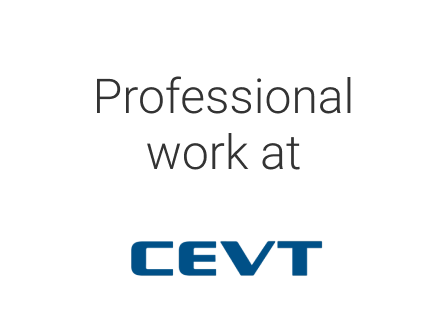A Consultant Project at CEVT
May 2022 - Nov 2022
The assignment:
Interaction design for a driver-assist feature in personal electric cars.
I was briefed on what the new technology can offer and how CEVT is planning to implement it. A list of functions was already in place. The assignment was to create a UX, which is rich and comprehensive, to enable this technology to be useful for an end-user, who will be a driver like you and me.
The UX should be:
a) Informative
b) Simple to use
c) Gamified, fun, and enjoyable
The team:
- Worked in a team of 3 designers during the Innovation phase
- Worked in a cross-functional team of 12 during the Development phase:
3 designers + 6 developers + 2 project managers + 1 scrum master
My Roles & Responsibilities
Approach during Innovation phase
Approach during Development phase
User Journey & Opportunity mapping
The design process began by creating a user journey of a driver from the start of the drive till the finish. This user journey gave an overview of all the different events that happen from starting a car, to driving it and locking the car after the drive.
This tool, with all its edge cases, helped us study what happens while driving and to a certain extent the behavior of a driver. The data required for making this user journey came from prior research and projects done at CEVT.
The user journey also helped us identify different opportunities where the new technology could come into the picture.
User Research with Polestar team at Charging stations
It was necessary for the design team to understand the users of an electric car much more:-
a) To understand the problems they face while driving
b) Regarding range anxiety
c) Charging behavior
d) Strategies they use while driving electric
e) Other needs and wants
We prepared a dialogue framework with open questions for the interview. We shared and discussed and refined the framework with the Polestar team, to include their objectives as well. Now, all that remains is the place where we have to go to conduct the interviews.
What better place to find electric cars and their drivers than a charging station? So we decided to find a charging station near Gothenburg that suits our requirements (e.g on the highway, inside the city, etc). We, together with the Polestar team, spent a day interviewing multiple drivers, and co-drivers. It was a great experience to learn new things about electric cars and how they drive them.
It was particularly interesting to know and learn about the strategies the drivers use to increase range and efficiency. These insights directly contributed to the feature that we were building.
Workshop with the Design team
A workshop was conducted to analyze the data we got from the charging station survey. Here, we filtered out the user needs by asking 'Why' certain people face certain problems and do certain things in a particular way. We mapped the user needs to the functions of the feature and brainstormed ideas for satisfying those needs.
An example of a cluster group, mapping Needs to Functions to Ideas
These clusters were further mapped depending on their affinity to different touchpoints.
Mapping of the clusters based on their affinity to different touchpoints.
The Information Architecture
From the affinity mapping, we were able to understand what information needs to be shown where. From there we created an Information Architecture, detailing what different information could go into a page or a menu and the corresponding touchpoints.
Wireframing & Prototyping
We followed an iterative process in building the wireframes for each of the touchpoints. The mobile app was less of a priority at that time, therefore the main focus was on the driver interface module (DIM) and central stack display (CSD).
We created a mid-fidelity prototype, which underwent continuous refinement at each stage of development.
Usability Test & Analysis
Setup
Two screens were set up to create a mock environment for the users to test the usability of our wireframes and prototypes. 5 participants were invited for the test. The test was configured to analyze how the participants understand the information flow of the wireframes we created.
The participants were given certain scenarios to perform. Their actions and thoughts were observed and several follow-up questions were also asked after the test.
The data gathered were analysed through KJ method and filtered. The insights from this test led to further refinement of the wireframes.
Two screens were setup to create a mock environment for the users to test the usability of our wireframes and prototypes
To read about the next stage of development, click here.











